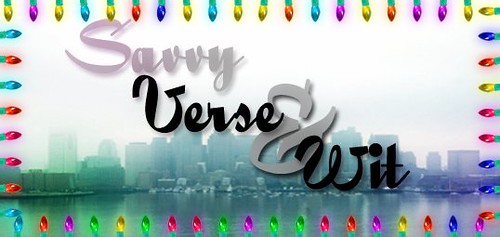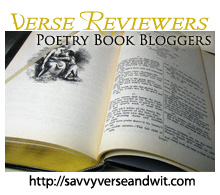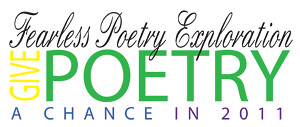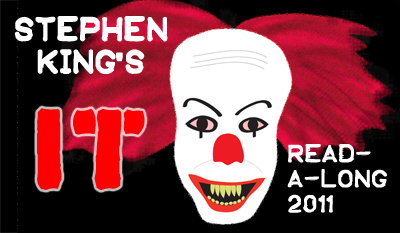
The book quickly turns to the Bennets’ story as they mourn the loss of their only brother Samuel and decide to move to Rosings, Texas to run a different cattle ranch and leave their home in Ohio. Imagine the tensions following the Civil War between former Confederates and the new Yankees who migrate to the rejoined nation of the United States. Beth Bennet and Darcy meet and sparks fly in more ways than one, and this is coupled with an underhanded attempt by George Whitehead to usurp cattle ranches, land, and power through a complex plan with help from a darker Denny and a gang of former confederate soldiers still bitter from their loss.
“‘I’m sure you did,’ Bingley laughed. ‘They’re very nice people Will; they’re just a bit . . . boisterous. There’s not a mean bone in their bodies. Once you get to know ’em, you’ll see.’
‘And why should I do that?’
Charles frowned. ‘They’re my family now, Will. You’ll be in their company in the future if you’re goin’ to be in mine. I won’t throw off my wife’s family.’
Darcy had the good manners to be abashed. ‘You’re right, Charles. I’m sorry. I shouldn’t have said that.’
‘I know Miz Bennet can talk a blue streak, but she don’t mean anything by it. It’s just her way. ‘Sides, you can’t say anything bad about Mr Bennet, or Beth.’
‘She’s a bit of a tomboy, isn’t she?’
Bingley shrugged. ‘She grew up on a farm, Will. What did you expect?’ He elbowed his friend with a grin. ‘She sure cleaned up nice, though. Almost as pretty as my Jane.'” (page 41)
Caldwell’s prose is exactly as it should be incorporating southern manners, but spicing it up with more than sexual tension. Darcy continues to be proud, but softens around Beth, and Beth continues to be prejudiced against confederates, until she meets her intellectual match in Darcy. What’s unique is that Caldwell changes the characters just enough to reflect the tensions and angst following the Civil War without losing the spunk of Austen’s characters.
Picturing Darcy as a dark, handsome, rugged cowboy should be enough for some readers, but there is mystery, suspense, and romance to satisfy everyone else. Austen purists may wonder at the modernity in some of the scenes, but they worked for the most part. Caldwell also uses some of the most famous lines from Austen’s work in new ways, but they flow so well with the story that readers will smile as they recognized the phrases. Even more intriguing is the inclusion of another Austen character who is the reverend in Rosings, Texas. Pemberley Ranch by Jack Caldwell is an escapist novel to a time in American history where things were uncertain and volatile even though the U.S. government had re-unionized. A quick read, with action and intrigue for any Austen lover.
This is my 3rd and final book for the U.S. Civil War Reading Challenge 2011.
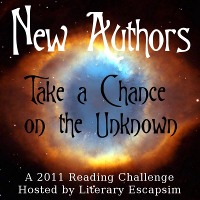
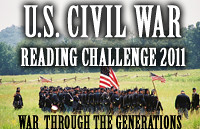


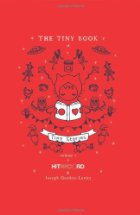
 For a collaborative project, it would seem that there is something missing, particularly since musicians participate in the collaborative. It’s almost as if the book should be an ebook with sound to accompany the images enclosed between the covers. The volume is just one in a series of books planned, and may work better on the website rather than in book form.
For a collaborative project, it would seem that there is something missing, particularly since musicians participate in the collaborative. It’s almost as if the book should be an ebook with sound to accompany the images enclosed between the covers. The volume is just one in a series of books planned, and may work better on the website rather than in book form.
